
Deutsch-Chinesische Enzyklopädie, 德汉百科
 Vienna
Vienna
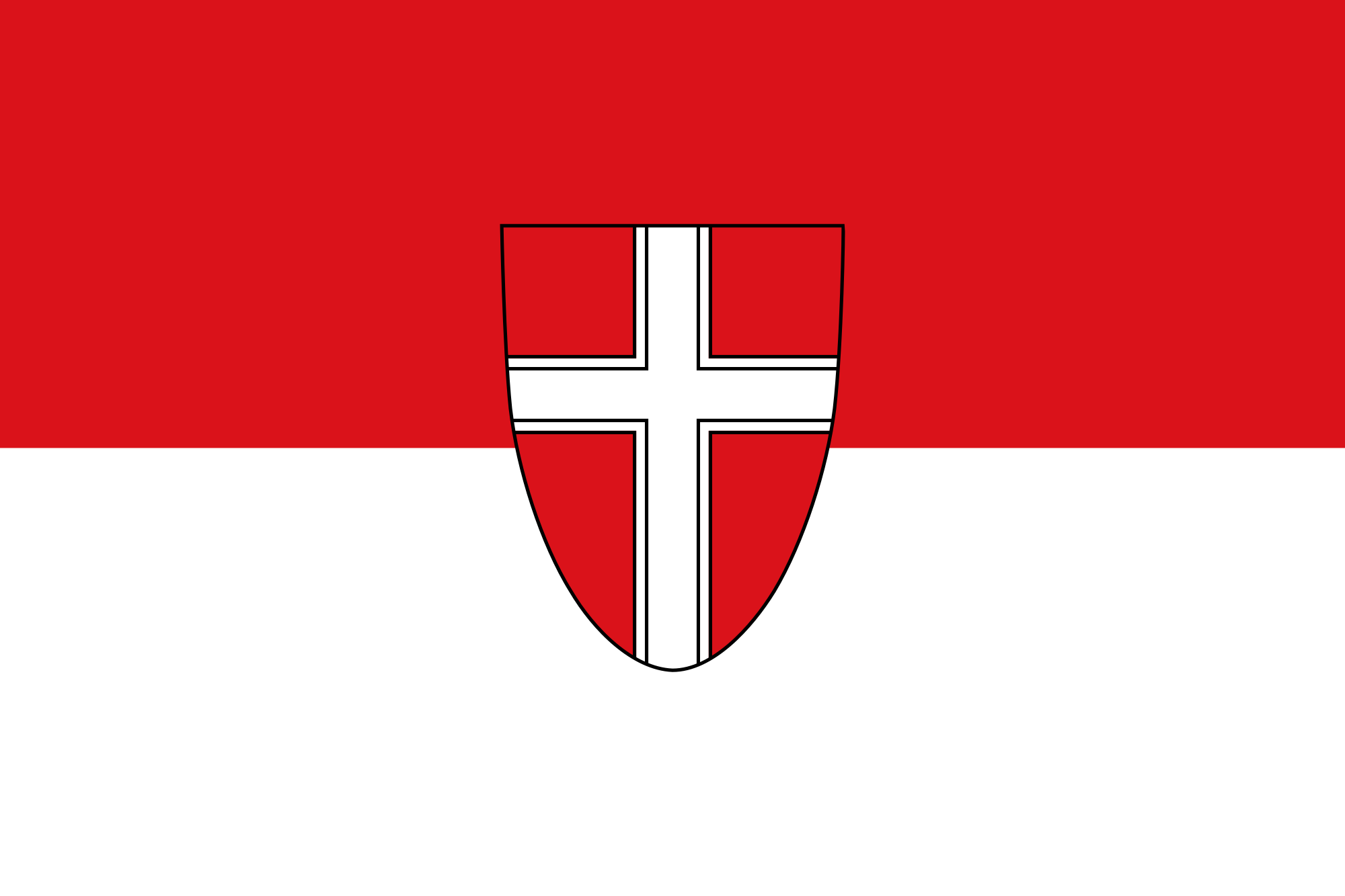


维也纳艺术史博物馆(Kunsthistorisches Museum)坐落在维也纳环城大街旁边,与霍夫堡皇宫相对。十九世纪下半叶,维也纳老城墙被拆除之後,就开始了博物馆得建造工作。1871-1891年 间,两座辉煌的博物馆建筑拔地而起,这就是维也纳艺术史博物馆和维也纳自然史博物馆。两座博物馆之间是为纪念奥地利唯一的女皇帝-玛丽亚特蕾西亚而建得广 场。如今,维也纳艺术史博物馆是全世界第四大艺术博物馆。这里珍藏著哈布斯堡王朝数百年来收集的欧洲珍品。卢本斯、伦勃朗、丢勒、拉菲尔、提香等著名画家 的作品使这座艺术博物馆的名声倍增。(Quelle: www.youer.com/)
艺术史博物馆(德语:Kunsthistorisches Museum)是奥地利维也纳的一座博物馆,设在戒指路旁富丽堂皇的大楼内,有一个圆满的八角形穹顶,是世界上藏品最丰富的美术和装饰艺术博物馆之一。
Das Kunsthistorische Museum (KHM) ist ein Kunstmuseum in der österreichischen Hauptstadt Wien. Es zählt zu den größten und bedeutendsten Museen der Welt. Es wurde im Jahr 1891 eröffnet und 2015 von ca. 1,4 Millionen Menschen besucht.[1]
Das Kunsthistorische Museum gehört mit seinem Schwestergebäude, dem gegenüber liegenden Naturhistorischen Museum, zu den bedeutendsten historistischen Großgebäuden der Ringstraßenzeit. Zusammen umstehen sie den Maria-Theresien-Platz (neben dem Burgring), auf dem das Maria-Theresien-Denkmal steht. Dieser Platz bedeckt einen Teil des ehemaligen Glacis zwischen heutiger Ringstraße und Zweierlinie und bildet ein Ensembledenkmal, das auch zum Weltkulturerbe Historisches Zentrum von Wien gehört.
美術史美術館(びじゅつしびじゅつかん、独: Kunsthistorisches Museum)は、オーストリア・ウィーンにある美術館。美術史博物館(びじゅつしはくぶつかん)とも呼ばれる。古代から19世紀に至るヨーロッパ各地の美術品を収蔵している。自然史博物館と対になる施設として建てられ[3]、1891年に開館。現在は組織上ウィーン大学の一部局である。
The Kunsthistorisches Museum (lit. "Museum of Art History", also often referred to as the "Museum of Fine Arts") is an art museum in Vienna, Austria. Housed in its festive palatial building on Ringstraße, it is crowned with an octagonal dome. The term Kunsthistorisches Museum applies to both the institution and the main building. It is the largest art museum in the country.
It was opened around 1891 at the same time as the Natural History Museum, Vienna, by Emperor Franz Joseph I of Austria-Hungary.[2] The two museums have similar exteriors and face each other across Maria-Theresien-Platz. Both buildings were built between 1871 and 1891 according to plans drawn up by Gottfried Semper and Karl Freiherr von Hasenauer.
The two Ringstraße museums were commissioned by the emperor in order to find a suitable shelter for the Habsburgs' formidable art collection and to make it accessible to the general public. The façade was built of sandstone. The building is rectangular in shape, and topped with a dome that is 60 meters high. The inside of the building is lavishly decorated with marble, stucco ornamentations, gold-leaf, and paintings.
Le musée d'Histoire de l'art de Vienne (en allemand : Kunsthistorisches Museum) de Vienne, en Autriche est un musée d'art considéré comme l'un des premiers musées d'art ancien du monde.
Il Kunsthistorisches Museum (in italiano "Museo della storia dell'arte"), che nel 2012 ha contato 1.351.940 visitatori[1], è uno dei principali musei di Vienna ed uno dei più antichi e ricchi al mondo. L'edificio principale, sormontato da una cupola ottagonale alta 60 metri, si trova in Maria-Theresien-Platz, lungo la Ringstraße che circonda il distretto di Innere Stadt.
Il Museo venne inaugurato ufficialmente il 17 ottobre 1891 alla presenza dell'imperatore Francesco Giuseppe I d'Asburgo dopo oltre trent'anni dalla prima commissione. Dal 22 ottobre venne aperto al pubblico. L'edificio si affaccia sulla Maria-Theresien-Platz, specularmente al Naturhistorisches Museum (Museo storico-naturalistico). I due musei vennero commissionati dall'imperatore nel 1858 per contenere l'immensa collezione di opere d'arte degli Asburgo e di rendere il loro patrimonio accessibile a tutti. Il concorso per la realizzazione degli edifici venne bandito nel 1867 e vinto dagli architetti Carl von Hasenauer e Gottfried Semper. La prima pietra venne posata, senza troppe cerimonie, il 27 novembre 1871. Le facciate richiamano lo stile rinascimentale italiano e gli interni sono decorati con marmo, ornamenti di stucco e d'oro e pitture.
Una delle più importanti sculture del museo, la Saliera di Benvenuto Cellini, è stata rubata l'11 maggio 2003 e recuperata il 21 gennaio 2006 in una scatola, sepolta sotto terra, in una foresta vicino alla città di Zwettl, in Austria. È stato il più grande furto d'arte nella storia austriaca.
El Museo de Historia del Arte de Viena (en alemán, Kunsthistorisches Museum) es uno de los primeros museos de bellas artes y artes decorativas del mundo. Tiene por sede un palacio de la Ringstraße, coronado con una cúpula octogonal. El término Kunsthistorisches Museum se aplica tanto a la institución como a su edificio principal.
Se inauguró en 1891 al mismo tiempo que el Museo de Historia Natural (Naturhistorisches Museum) por el emperador Francisco José I de Austria-Hungría. Los dos museos tienen exteriores idénticos y están uno frente a otro flanqueando la Plaza de María Teresa. Ambos edificios fueron erigidos entre 1872 y 1891 de acuerdo a los planos diseñados por Gottfried Semper y Karl Freiherr von Hasenauer.
Los dos museos de la Ringstraße fueron encargados por el Emperador para dar un alojamiento adecuado a la formidable colección de arte de los Habsburgo y hacerla accesible al gran público. La fachada se edificó de piedra arenisca. Tiene planta rectangular y acaba en una cúpula de 60 metros de alto. Está coronado por una estatua colosal de Palas Atenea. El interior del edificio está lujosamente decorado con mármol, ornamentación de estuco, pan de oro y pinturas, haciendo de él una obra de arte por sí mismo.
Este museo alberga la mejor colección mundial de Rubens y su círculo, junto con la del Museo del Prado, así como varios retratos esenciales de Velázquez, que fueron remitidos por Felipe IV de España debido a los lazos de parentesco que unían ambas cortes. El grupo de pinturas de Brueghel el Viejo supone alrededor de un tercio de toda su producción.
Музей истории искусств (Художественно-исторический музей, нем. Kunsthistorisches Museum, сокращенно KHM) — известный художественный музей в Вене. Он был открыт в 1891 году напротив идентичного по внешнему облику Музея естествознания на площади Марии Терезии во Внутреннем Городе. Приказ о строительстве был отдан императором Францем Иосифом I в рамках расширения города в 1858 году. Оба музея построены в стиле итальянского Ренессанса по проекту Готфрида Земпера и барона Карла фон Хазенауера.








一个世纪前,乘坐豪华蒸汽火车穿越古代欧洲城市, 领略沿途美景, 代表当时最奢华享受生活的方式 体验和经历无限新奇和难忘的时光。 而拥有这些精致车厢和华丽装饰的列车, 变成旅游过程中另一难忘的美好经历, 与沿途的辉煌城市及壮丽美景相得益彰。 专为欧洲贵族设计的豪华列车呈现了一个时代风貌, 那时的手工艺者是为了创造非凡作品和打造名誉而工作, 而那些达官显贵则毫不掩饰的炫耀他们奢华的生活。 正是这种对完美无限追求的态度打造了当时最令人惊叹的车轮上的宫殿之一, 奥匈帝国时代的皇家列车。 在最初建造豪华列车一个世纪后,火车爱好者决定重塑那段遗失的历史。 来自奥地利的皇家列车又一次开始穿越欧州中心。 这本书中,您可以了解到奥地利皇家列车的重建缘由和历史, 同时了解其前身 奥地利皇帝佛兰茨·约瑟夫和伊丽莎白皇后(“茜茜公主”) 乘坐的奥匈帝国皇家列车的有趣故事。 Gottfried O. Rieck 高非特·里克 奥地利皇家列车Majestic Imperator创建人.(Quelle: www.imperialtrain.com/languages/chi/index.html)

 Colleges and Universities in Europe
Colleges and Universities in Europe

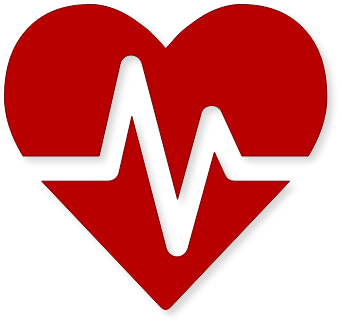 Medical, Pharmaceutical, Rehabilitation
Medical, Pharmaceutical, Rehabilitation
 Medical colleges/Research Institute
Medical colleges/Research Institute

 Vienna
Vienna


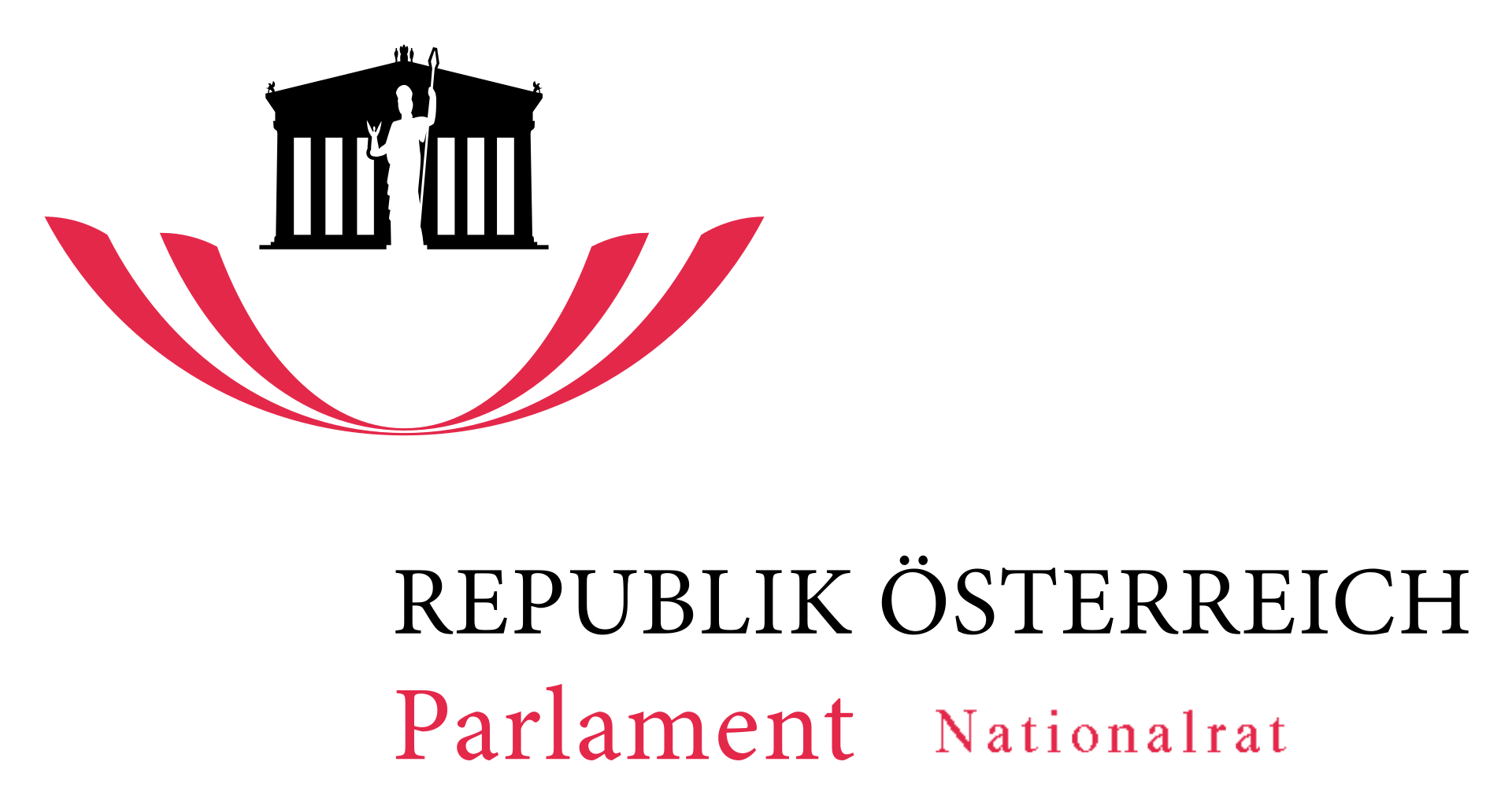

在维也纳,没有施特劳斯家族的圆舞曲陪伴的新年简直让人难以想像。从1939年第一场维也纳新年音乐会开始直到今天,欣赏维也纳新年音乐会已成为全世界热 爱生活和音乐的人们一种约定俗成的庆贺新年的方式。享受施特劳斯家族轻松美妙的音乐、享受欢快热烈的气氛、品味豪华典雅的情调早已成为追求文化品位的人们 不约而同的选择。约翰父子无疑是圆舞曲王国的缔造者。老约翰-施特劳斯一生写了280首舞曲风格的作品,其中圆舞曲占半数以上,由于其在圆 舞曲方面的成就,人们尊称他为"圆舞曲之父"。小约翰-施特劳斯一生写了400多首圆舞曲,其中《蓝色多瑙河》、《维也纳森林的故事》、《春之声》、《雷 鸣电闪波尔卡》等名曲,至今仍是音乐会的热门曲目。由此,人们把小约翰-施特劳斯称为"圆舞曲之王"。而小施特劳斯的圆舞曲是舞曲中最流行的一种,它所伴 奏的圆舞,又叫做华尔兹,就是旋转的意思,这种圆舞最早是奥地利山区的一种三拍子民间舞蹈,而这种圆舞曲节奏明快、曲调优美,后来成为深受人们欢迎的一种 音乐体裁。
维也纳新年音乐会(德语:Das Neujahrskonzert der Wiener Philharmoniker)开始于1939年,正式命名于1946年。
1939年12月31日,在维也纳金色大厅举办了首届“新年音乐会”,由克来门斯·克劳斯创办。 第2届于1941年1月1日举行,以后除1945年因战争原因停办一届外,其余都是于每年的1月1日定期在金色大厅举行。1946年,新年音乐会正式命名为“维也纳新年音乐会”。
从1955年起,音乐会由威利·博斯科夫斯基指挥,直至1979年。自此年起,音乐会由洛林·马泽尔指挥,直至1986年。1987年,卡拉扬成为了维也纳新年音乐会的指挥,自此往后,音乐会的指挥每一年都会更换。
1939年没有加演,资料指出直到1945年才有加演。克莱门斯·克劳斯经常随机的加演。令人惊奇的是,《蓝色多瑙河》华尔兹是在1945年第一次演出的,而且是作为加演。最近几年经常加演的另一曲目老约翰·斯特劳斯的拉德茨基进行曲,是在1946年才开始演出的,也是作为加演。直到1958年这两支曲目才作为常演项目而不是加演,然后它们就成为了音乐会的必演项目。
在闭幕的时候常有非常情况发生,一次是在1967年,博斯科夫斯基把蓝色多瑙河作为了他音乐会曲目的一部分,另一次是2005年,洛林·马泽尔把《蓝色多瑙河》华尔兹作为了闭幕曲(省略了《拉德斯基进行曲》)以作为2004年印度洋海啸殉难者的纪念。
博斯科夫斯基在1936—1979年一直是交响乐队的首席小提琴手。他从1955年—1979年一直指挥维也纳新年音乐会。1980年,洛林·马泽尔成为了首位非奥地利籍的指挥。马泽尔连续多年担任指挥以后,从1987年开始,每年选择明星指挥成为了一项传统。指挥人选一般由交响乐队的成员投票决定。
通常新年音乐会上演奏的作品主要以小约翰·斯特劳斯、约瑟夫·斯特劳斯、爱德华·斯特劳斯、老约翰·斯特劳斯、约瑟夫·兰纳为主,在某些特别的年份中,会加入其他作曲家的作品,如罗西尼(1991)、齐雷尔(1996、2012、2017)、布拉姆斯(2003)、奥托‧尼古莱(1992、2010、2017)等等。
Das Neujahrskonzert der Wiener Philharmoniker ist das bekannteste Neujahrskonzert der Welt und ist vor allem den Werken der Strauss-Dynastie (Johann Strauss Vater, Johann Strauss Sohn, Eduard Strauß und Josef Strauss) gewidmet. Es wird alljährlich via Fernsehen in (ca.) 92 Länder übertragen und von mehr als ca. 50 Millionen Zusehern live mitverfolgt.
Das Konzert fand zum ersten Mal nicht am Neujahrsmorgen, sondern am 31. Dezember 1939 statt. Zeitungsankündigungen zufolge war es ein von den Wiener Philharmonikern dem von Adolf Hitler am 10. Oktober 1939 eröffneten Kriegswinterhilfswerk (Kriegs-WHW) zur Gänze gewidmetes „Außerordentliches Konzert“, zu dem am 30. Dezember eine öffentliche Generalprobe veranstaltet wurde. Auf Initiative der Philharmoniker belegte der Historiker Fritz Trümpi, dass das Konzert Bestandteil von Joseph Goebbels’ Propagandamaschinerie war.[1][2][3][4] Das Neujahrskonzert fand (und findet bis heute) im Großen Musikvereinssaal in Wien, der etwa 2.000 Personen fasst, statt.
Die Liebe des Dirigenten Clemens Krauss zur Walzermusik, insbesondere der der Familie Strauß – „und wohl auch sein Drang zu großen Auftritten“[5] einerseits, jedoch auch seine Aufnahme von Hitlers und Goebbels Gnaden in die Gottbegnadeten-Liste nach dem Anschluss Österreichs – verbanden sich in seiner Person mit Goebbels’ Absicht, Wien als Stadt „des Optimismus, der Musik und der Geselligkeit“ zu inszenieren. Trümpi belegt in seinem Buch Politisierte Orchester, dass in der Zeit des Nationalsozialismus die Zahl der Aufführungen von Werken der Strauß-Familie durch die Wiener Philharmoniker sprunghaft zunahm. Das Orchester war nach der Annexion Österreichs zwar Goebbels zugeordnet worden, diesem aber, anders als die Berliner Philharmoniker nicht unterstellt: Das Engagement für den NS-Staat war also von den Wiener Philharmonikern weitestgehend eigenbestimmt und eigenverantwortet. Trümpi zitiert aus einem Vertrag zwischen den Wiener Philharmonikern und der Reichsrundfunkgesellschaft:
„[…] das Orchester verpflichtet sich, Schwarzplatten-Aufnahmen für den Großdeutschen Rundfunk mit Wiener Musik, in erster Linie natürlich mit Werken Johann Strauß' mit einem, die Wiener Note besonders beherrschenden Dirigenten, zu machen“
Die NS-Machthaber hatten bereits vor der Zeit des Zweiten Weltkrieges die Idee entwickelt, „mittels so genannter ‚leichter Musik‘, die ‚Volksgemeinschaft‘ zu stärken“. Die „Moral an der Front und in der Heimat“ aufrechtzuerhalten, trat historisch erst ab etwa 1940/41 (also erst nach dem ersten Neujahrskonzert) dazu: Das erste Neujahrskonzert – noch nicht so bezeichnet – fand also in Wien zugunsten des Winterhilfswerkes des Deutschen Volkes statt, dem sich Zehntausende Wiener auch innerlich verpflichtet fühlten.
Die ersten sechs Neujahrskonzerte – und nach dem Untergang des NS-Regimes weitere sieben – standen unter der Leitung von Clemens Krauss. Seit dem zweiten Konzert am 1. Jänner 1941 fand und findet das Konzert am Neujahrstag statt. 1941 spielten die Wiener Philharmoniker laut Zeitungsankündigung in ihrer zweiten Akademie, die nun schon zur Tradition geworden ist, zugunsten der NS-Gemeinschaft „Kraft durch Freude“,[6] wie es dann auch als Benefizkonzert bis 1945 der Fall war.
Seit 31. Dezember 1952 wird das Programm des Neujahrskonzerts am Silvesterabend als Silvesterkonzert voraufgeführt. Am 30. Dezember 1962 wurde erstmals eine zweite Voraufführung angesetzt; diese war bis 1997 jeweils eine geschlossene Veranstaltung für Angehörige des österreichischen Bundesheeres, seit 1998 wird ein Teil der Karten verkauft.[7]
Der Blumenschmuck für das Neujahrskonzert war von 1980 bis 2013 traditionell ein Geschenk der italienischen Stadt Sanremo.[8] 2014 wurden die Blumen erstmals von den Wiener Philharmonikern zur Verfügung gestellt.[9] Der Konzertsaal wird von den Floristen jedes Jahr mit rund 30.000 Blumen dekoriert, 2015 erstmals in Kooperation mit den Wiener Stadtgärten.[10]
2008 wurde erstmals live im Goldenen Saal getanzt, ebenso wieder 2011, als 15-jährige Eleven (Mädchen und Burschen) der Ballettschule der Wiener Staatsoper auftraten. 2014 haben Kathrin Menzinger und Vadim Garbuzov nach ihrer eigenen Choreographie im Saal zum Walzer An der schönen blauen Donau live getanzt.[11]
Anlässlich des 75-Jahre-Jubiläums des Konzertes wurde 2015 die Edition Neujahrskonzert: Die gesamten Werke veröffentlicht, eine aus 23 Compact Discs bestehende Sammlung aller 319 Werke, die seit 1941 bei der Veranstaltung gespielt wurden.[12]
ウィーン・フィルハーモニー管弦楽団のニューイヤーコンサート[注釈 1](独: Das Neujahrskonzert der Wiener Philharmoniker)は、毎年1月1日にウィーン楽友協会の大ホール(黄金のホール)で行なわれるマチネ(昼公演)の演奏会(コンサート)である。ヨハン・シュトラウス2世を中心とするシュトラウス家の楽曲が主に演奏される。映像は90[1]を超す世界各国に生放送され、世界中の人々がこのコンサートを楽しむ。日本における生放送の放送は、元日の夜のプライムタイム(ゴールデンタイム)に当たる。
1938年ナチス・ドイツのオーストリア併合によるオーストリア人の不満をためないようヨハン・シュトラウスのワルツやポルカのコンサートが[2]1939年12月31日にクレメンス・クラウスの指揮により初めて開催され、1941年の第2回からはオーストリア初代大統領カール・レンナーが1950年12月31日に死去した影響で1月14日に延期となった1951年を除いて、1月1日の正午(CET)に開催されるようになった。
1955年以降ヴィリー・ボスコフスキーが指揮をし、1959年各国に中継され始めた頃から人気が高まり、現在は全世界の40カ国以上に生中継されている。2002年には小澤征爾が、日本人として初めて、アジア人ではズービン・メータに続き2人目の指揮者となった。
The Vienna New Year's Concert (Neujahrskonzert der Wiener Philharmoniker) is an annual concert of classical music performed by the Vienna Philharmonic on the morning of New Year's Day in Vienna, Austria. The concert occurs at the Musikverein at 11:15. The orchestra performs the same concert programme on 30 December, 31 December, and 1 January but only the last concert is regularly broadcast on radio and television.
The concert programmes always include pieces from the Strauss family—Johann Strauss I, Johann Strauss II, Josef Strauss and Eduard Strauss. On occasion, music principally of other Austrian composers, including Joseph Hellmesberger Jr., Joseph Lanner, Wolfgang Amadeus Mozart, Otto Nicolai (the Vienna Philharmonic's founder), Emil von Reznicek, Franz Schubert, Franz von Suppé, and Karl Michael Ziehrer has featured in the programmes. In 2009, music by Joseph Haydn was played for the first time, where the 4th movement of his "Farewell" Symphony marked the 200th anniversary of his death. Other European composers such as Hans Christian Lumbye, Jacques Offenbach, Emile Waldteufel, Richard Strauss, Verdi, and Tchaikovsky have been featured in recent programmes.
The announced programme contains approximately 14-20 compositions, and also three encores. The announced programme includes waltzes, polkas, mazurkas, and marches. Of the encores, the unannounced first encore is often a fast polka. The second is Johann Strauss II's waltz The Blue Danube, whose introduction is interrupted by applause of recognition and a New Year's greeting from the conductor and orchestra to the audience. The final encore is Johann Strauss I's Radetzky March, during which the audience claps along under the conductor's direction. In this last piece, the tradition also calls for the conductor to start the orchestra as soon he steps onto the stage, before reaching the podium. The complete duration of the event is around two and a half hours.
The concerts have been held in the "Goldener Saal" (Golden Hall) of the Musikverein since 1939. The television broadcast is augmented by ballet performances in selected pieces during the second part of the programme. The dancers come from the Vienna State Ballet and dance at different famous places in Austria, e. g. Schönbrunn Palace, Schloss Esterházy, the Vienna State Opera or the Wiener Musikverein itself. In 2013, the costumes were designed by Vivienne Westwood.[1] From 1980 until 2013, the flowers that decorated the hall were a gift from the city of Sanremo, Liguria, Italy. In 2014, the orchestra itself provided the flowers. Since 2014, the flowers have been arranged by the Wiener Stadtgärten. In 2017, the orchestra performed for the first time in new attire designed by Vivienne Westwood and Andreas Kronthaler.[2]
Le Concert du nouvel an de l'Orchestre philharmonique de Vienne est un concert qui a lieu traditionnellement chaque année les 30 et 31 décembre ainsi que le 1er janvier dans la salle dorée (en allemand Goldener Saal) du Musikverein à Vienne. Il a été organisé pour la première fois le 31 décembre 1939.
Celui du 1er janvier commence habituellement à 11 h 15 et est diffusé à travers le monde pour une audience estimée à 50 millions de personnes1 dans 90 pays1.
Excepté les différentes compétitions sportives importantes et après le Concours Eurovision de la chanson, le Concert du nouvel an à Vienne est en terme d'audience le second événement diffusé à la télévision qui est regardé et écouté dans le monde.
La musique qui est jouée lors du concert est principalement celle de la famille Strauss (Johann Strauss, Johann Strauss II, Josef Strauss et Eduard Strauss).
Le concert solennel inaugural de la salle du Musikverein de Vienne dessinée par Theophil Hansen, le 6 janvier 1870, jour de l'Épiphanie, peut être considéré comme le tout premier Concert du nouvel an à Vienne et fut dirigé par Carl Heissler qui était le premier directeur artistique de la Société philharmonique de Vienne.
Depuis 1958, le concert se termine généralement par trois bis après le programme principal. Le premier est traditionnellement une polka rapide. Le deuxième est la pièce de Johann Strauss II : la valse du Beau Danube bleu, dont l'introduction est interrompue par les applaudissements du public. Les musiciens souhaitent alors collectivement au public une heureuse nouvelle année, puis jouent le morceau suivi par la Marche de Radetzky de Johann Strauss. Durant cette dernière pièce, le public tape des mains en rythme et le chef d'orchestre se tourne vers lui pour le diriger conjointement avec l'orchestre. Toutefois, en 1967 Le Beau Danube bleu faisait partie du programme principal, alors qu'en 2005 la Marche de Radetzky n'a pas été jouée, par considération envers les victimes du récent tsunami en Asie du sud-est.
Le concert est aussi l'occasion d'entendre les Petits Chanteurs de Vienne dans certaines des œuvres interprétées.
Parmi les musiciens n'appartenant pas à la famille Strauss ayant eu les honneurs du Concert du nouvel an, on compte : Joseph Lanner, Carl Michael Ziehrer, Franz von Suppé, Otto Nicolai (ouverture des Joyeuses commères de Windsor), Josef Hellmesberger II, Carl Maria von Weber (Invitation à la valse), Johannes Brahms (Danses hongroises), Joseph Haydn – dont 2009 voit le bicentenaire de la mort – (finale de la Symphonie nº 45 dite des Adieux, prétexte à une saynète entre le chef et l'orchestre).
Il Concerto di Capodanno di Vienna (in tedesco: Das Neujahrskonzert der Wiener Philharmoniker) è il tradizionale concerto della Filarmonica di Vienna che si tiene dal 1939 a Capodanno nella sala dorata del Musikverein di Vienna.
Il programma, suddiviso in due parti, si basa prevalentemente su musiche della famiglia Strauss (Johann padre, Johann figlio, Josef ed Eduard) eseguite dai Wiener Philharmoniker e, tradizionalmente, viene concluso con l'esecuzione di tre brani fuori programma, due dei quali fissi: il primo è una polka veloce (o galopp), il secondo è An der schönen blauen Donau (Sul bel Danubio blu) di Johann Strauss jr e il terzo è la Radetzky-Marsch (Marcia di Radetzky) di Johann Strauss padre; durante quest'ultimo brano, è prassi consolidata che il pubblico in sala batta le mani, seguendo il tempo scandito dal direttore, assieme all'incalzare dell'orchestra[1]. Inoltre, tradizionalmente, alle prime note del Danubio blu il pubblico fa partire un lungo applauso a cui seguono gli auguri degli orchestrali e del maestro d'orchestra che esordisce:
| (DE)
«Die Wiener Philharmoniker und ich wünschen Ihnen |
(IT)
«I Filarmonici di Vienna e io auguriamo a voi |
La popolarità del Concerto ne fa uno degli avvenimenti musicali più seguiti al mondo, diffuso dalle emittenti di almeno quaranta paesi, con un pubblico stimato in almeno un miliardo di spettatori in ogni parte del mondo. Il concerto del Capodanno 2010 è stato trasmesso in più di 70 Paesi.[2]
Alla musica, si aggiunge la danza, eseguita dai ballerini dell'Opera di Stato e che ha come ambientazione i prestigiosi interni ed esterni dei palazzi storici di Vienna. Questi balletti, che solitamente appaiono nella seconda parte del Concerto, sono destinati al solo pubblico televisivo; per evidenti ragioni logistiche, il pubblico in sala non può vederli.
I biglietti per poter assistere al concerto vengono venduti tramite internet nel mese di gennaio, quindi undici mesi prima dell'evento: per il capodanno 2009 sono stati messi in vendita sul sito dei Wiener Philharmoniker dal 2 al 23 gennaio 2008; da lì in avanti è stata seguita la stessa prassi.
Dal 1981 al 2013 l'allestimento della sala fu curato con fiori provenienti da Sanremo. A partire dal 2015 i fiori sono un dono della città di Vienna. Il 12 marzo del 1938, la Germania annunciò l'annessione (Anschluss) dell'Austria, che divenne una provincia del Terzo Reich. Questa fusione durò fino alla fine della seconda guerra mondiale nel 1945. Proprio a questo momento così drammatico della storia austriaca risale il primo concerto di capodanno della storia: infatti nel 1939 il direttore d'orchestra della Filarmonica di Vienna Clemens Krauss prese l'iniziativa di dedicare interamente un concerto alla figura di Johann Strauss (figlio), dedicando il primo concerto al Winterhilfswerk nazista, messo in piedi dopo l'inizio del secondo conflitto mondiale. Il primo concerto non ebbe luogo il giorno di capodanno, bensì la sera del 31 dicembre 1939, e venne pubblicizzato come un concerto speciale e straordinario (Außerordentliches Konzert).
El Concierto de Año Nuevo (en alemán, Das Neujahrskonzert der Wiener Philharmoniker) de la Orquesta Filarmónica de Viena es un concierto que tiene lugar cada año en la mañana del 1 de enero en la Sala Grande o Sala Dorada (Große Saal o Goldener Saal) de la Musikverein de Viena, Austria. Es transmitido en todo el mundo para una audiencia potencial estimada en 1000 millones de personas en 54 países. Cada año, el mismo programa se interpreta también el 30 de diciembre ("ensayo general") y el 31 de diciembre como "Concierto de San Silvestre" (Sylvesterkonzert).
La música es, en su mayor parte, de la familia Strauss (Johann Strauss (padre), Johann Strauss (hijo), Josef Strauss y Eduard Strauss).
El concierto siempre termina con varios bises después del programa principal (propinas que no están incluidas en el programa). Los músicos entonces desean colectivamente un feliz Año Nuevo (Prosit Neujahr) y terminan con el vals de El Danubio azul de Johann Strauss hijo, seguido de la Marcha Radetzky, de Johann Strauss padre. Durante esta última obra, la audiencia aplaude al compás y el director se vuelve para dirigirla, durante breves instantes, en lugar de a la orquesta. Un quiebro en la tradición en tiempos recientes fue durante la edición de 2005, dirigida por Lorin Maazel, cuando se invirtió el orden de las dos últimas obras, acabando el programa con el vals del Danubio azul como una señal de respeto por las víctimas del Terremoto del océano Índico de 2004.
El concierto se celebró por primera vez el 31 de diciembre de 1939 (con un ensayo público el día anterior), como "concierto extraordinario" (Außerordentliches Konzert). Su celebración estuvo promovida por el entonces ministro de Ilustración Pública y Propaganda de Alemania, Joseph Goebbels (en aquel entonces Austria formaba parte de Alemania). Se concibió como un homenaje de las provincias orientales al Estado alemán. Fue dirigido por Clemens Krauss. En este caso solo se interpretaron obras de Johann Strauss (hijo), a excepción de la "Pizzicato Polka", compuesta al alimón entre él y su hermano Josef, y concluyó con la obertura de Die Fledermaus. No se interpretó ni "El danubio Azul" ni la "Marcha Radetzky".
El siguiente concierto se celebró el 1 de enero de 1941, recibiendo ya el título definitivo de "Concierto de Año Nuevo". Krauss se hizo cargo de la dirección del concierto cada año hasta su muerte, salvo dos años en los que cedió la batuta a Josef Krips. Durante aquellos años se consolidó el que sería por mucho tiempo el repertorio habitual, a base de obras de los hermanos Strauss (Johann, Josef y en menor medida Eduard) y su padre Johann I. Así, en 1941 se interpretaron por primera vez tres obras de Josef, la polka rápida "Eingesendet", el vals "Frauenwürde" y la polka francesa "Moulinet". En 1943 se interpretaría por vez primera una polka-mazurca, "Die Libelle", de Josef Strauss. 1. La primera interpretación de El Danubio Azul tendría lugar en 1944, en 1946 llegaría el turno de la "Marcha Radetzky". Por aquel entonces se establecieron las obras que podríamos considerar "canónicas" del Concierto, si bien algunas que entonces eran habituales, como la polka "I Tipferl" o el vals "Neu Wien", con coro masculino, han quedado absolutamente olvidadas en los programas de las últimas décadas.
Новогодний концерт Венского филармонического оркестра (нем. Das Neujahrskonzert der Wiener Philharmoniker) — традиционный ежегодный концерт Венского филармонического оркестра, который проводится 1 января в Вене, в Золотом зале здания Венского музыкального общества.
Начало традиции было положено в рамках программы «Зимняя помощь», проводимой немецкой национал-социалистической партией в 1933—1943 годах[1].
Первый концерт состоялся 31 декабря 1939 года. В последующие годы день концерта был перенесён на 1 января.
В настоящее время новогодняя программа состоит из трёх концертов: подготовительного (30 декабря), концерта накануне Нового года (31 декабря) и непосредственно основного Новогоднего концерта 1 января. Программа всех трёх концертов идентичная, различается только стоимость билетов. В связи с огромным спросом на билеты организаторы распространяют их с помощью лотереи, проводимой на официальном сайте оркестра в период 2 января — 28/29 февраля, то есть почти за год до мероприятия.
В течение 40 лет концертами руководили австрийские дирижёры, в том числе в 1955—1979 годах — концертмейстер Венского филармонического оркестра Вилли Босковски. Начиная с 1987 года каждый год для проведения концерта приглашается кто-то из наиболее известных дирижёров мира.
Цветы для украшения Золотого зала Венского музыкального общества в 1980—2014 годах поставлялись в дар муниципалитетом итальянского города Сан-Ремо. Начиная с 2015 года зал украшается цветами, выращенными в Австрии.

 Burgenland
Burgenland

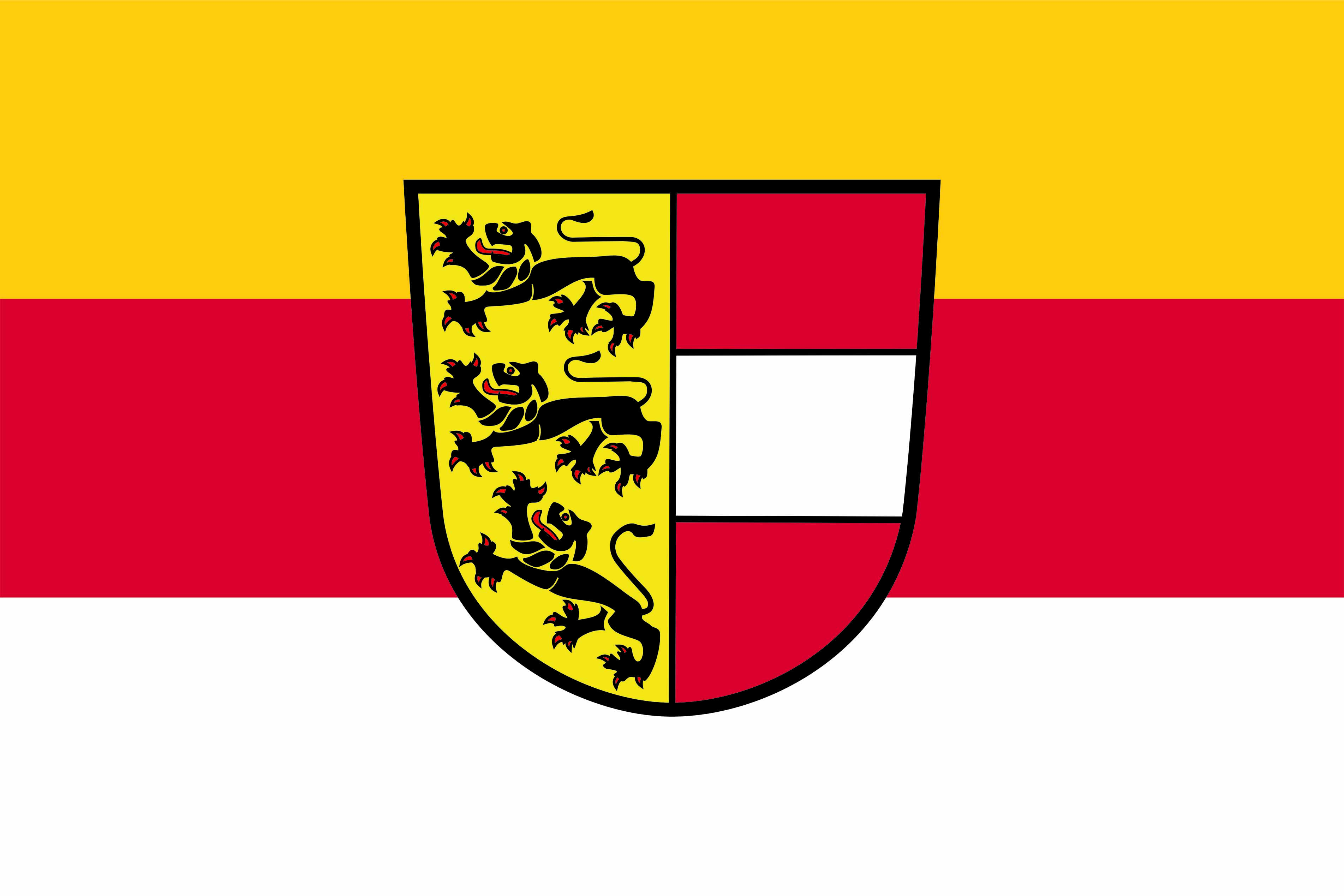 Carinthia
Carinthia

 Lower Austria
Lower Austria

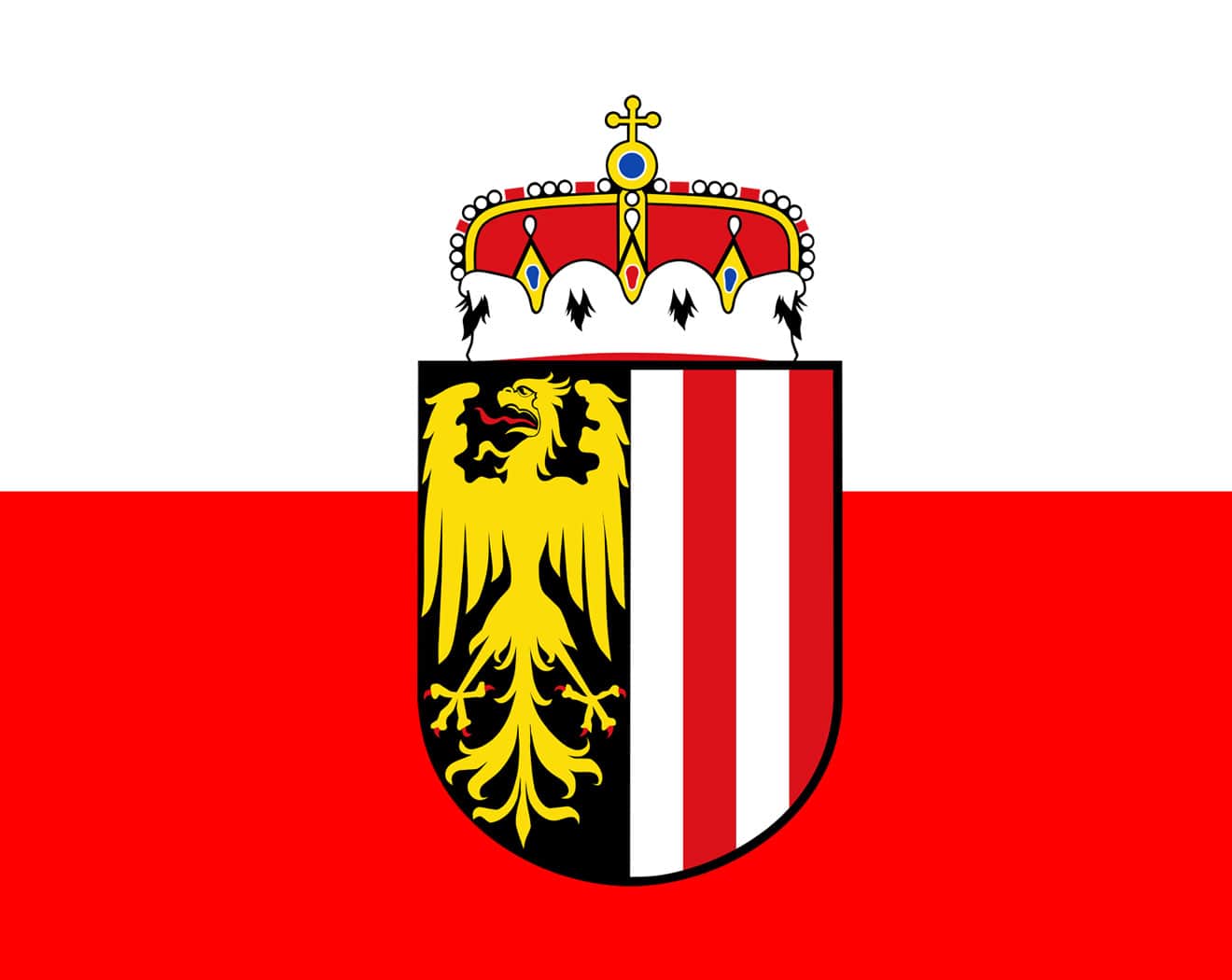 Upper Austria
Upper Austria
 Austria
Austria

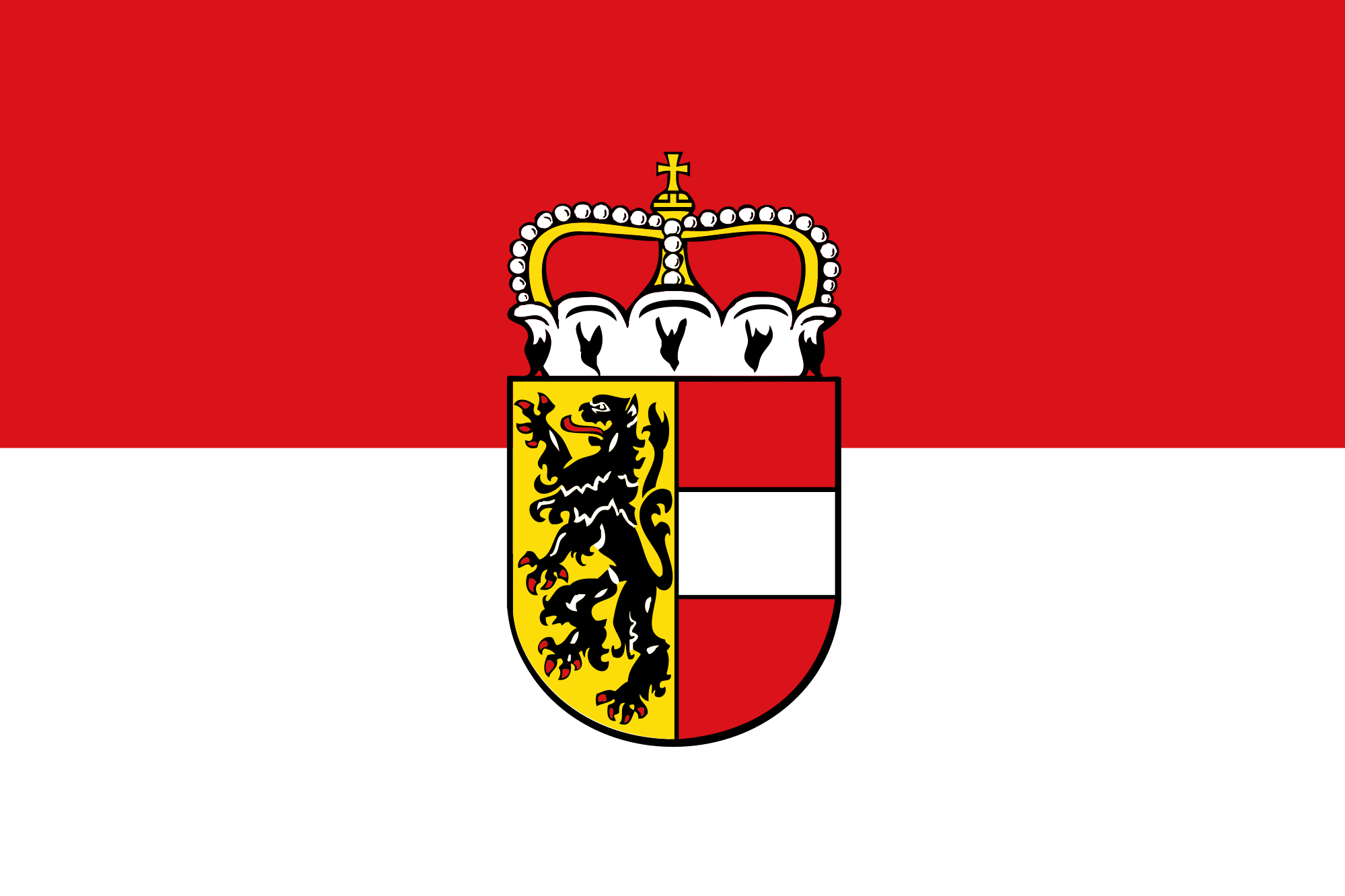 Salzburg
Salzburg

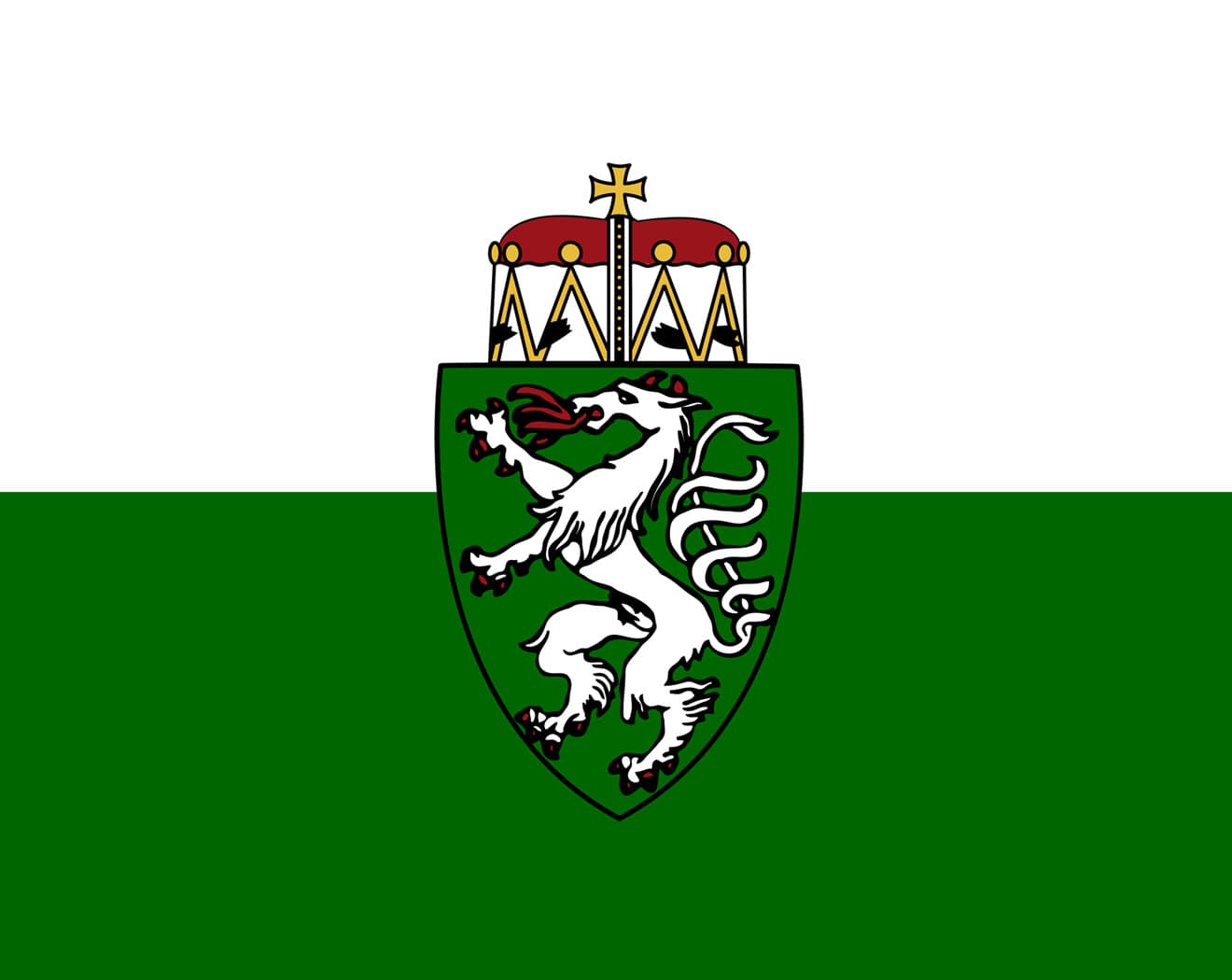 Styria
Styria

 Tyrol
Tyrol

 Companies
Companies
 Germany, Austria, Switzerland
Germany, Austria, Switzerland

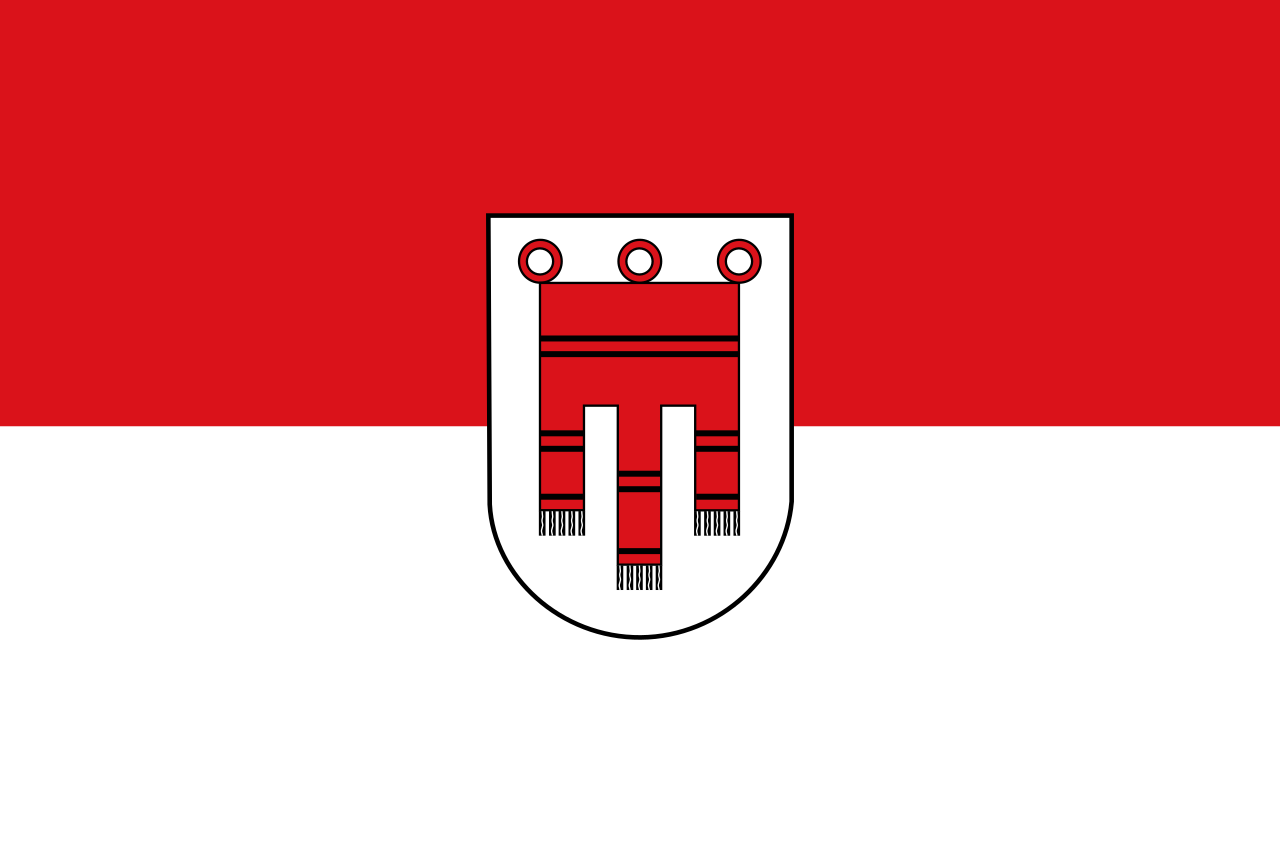 Vorarlberg
Vorarlberg

 Vienna
Vienna
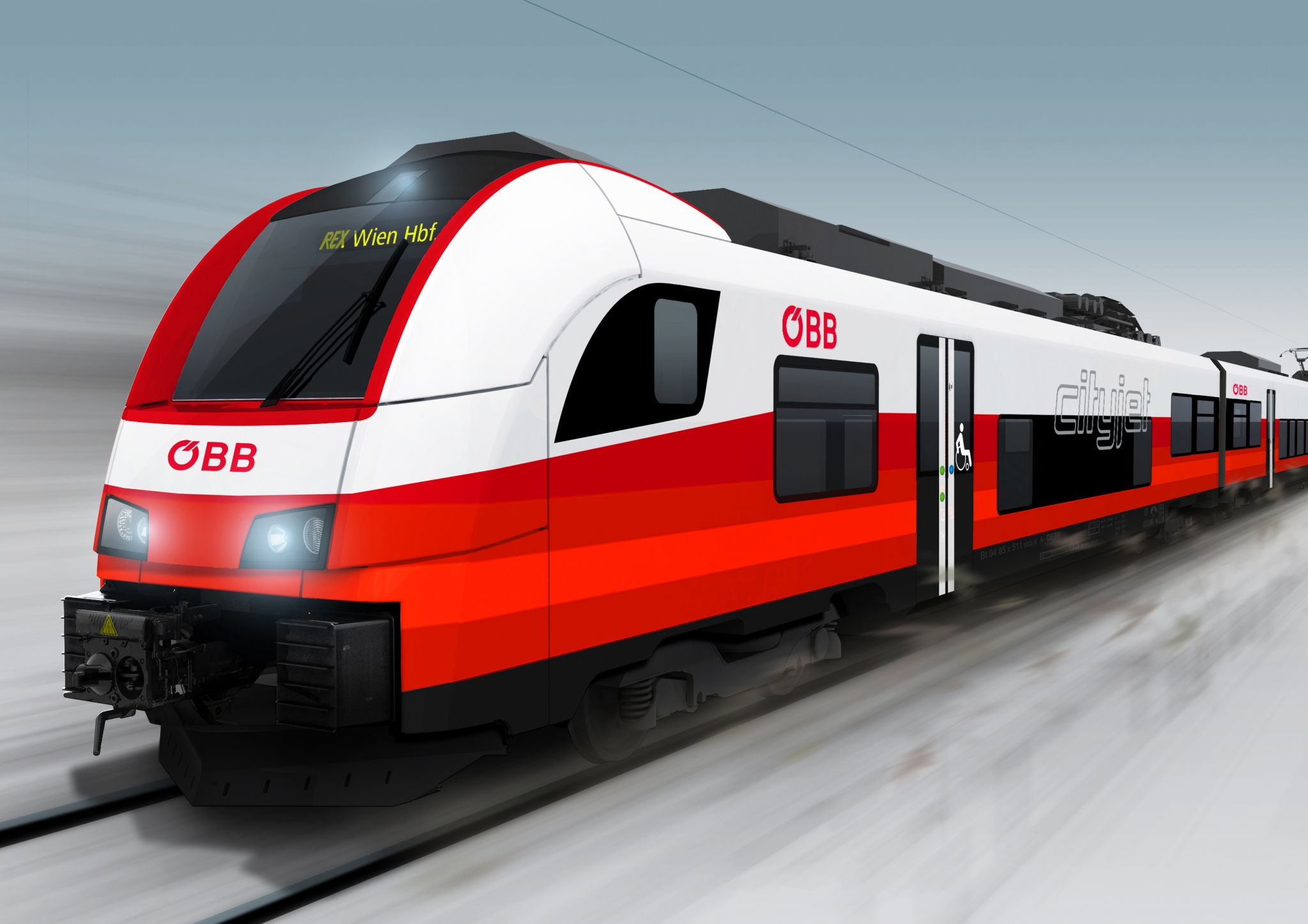

 Burgenland
Burgenland

 Carinthia
Carinthia

 Lower Austria
Lower Austria

 Upper Austria
Upper Austria

 Salzburg
Salzburg

 Styria
Styria

 Tyrol
Tyrol

 Vacation and Travel
Vacation and Travel

 Vorarlberg
Vorarlberg

 Vienna
Vienna
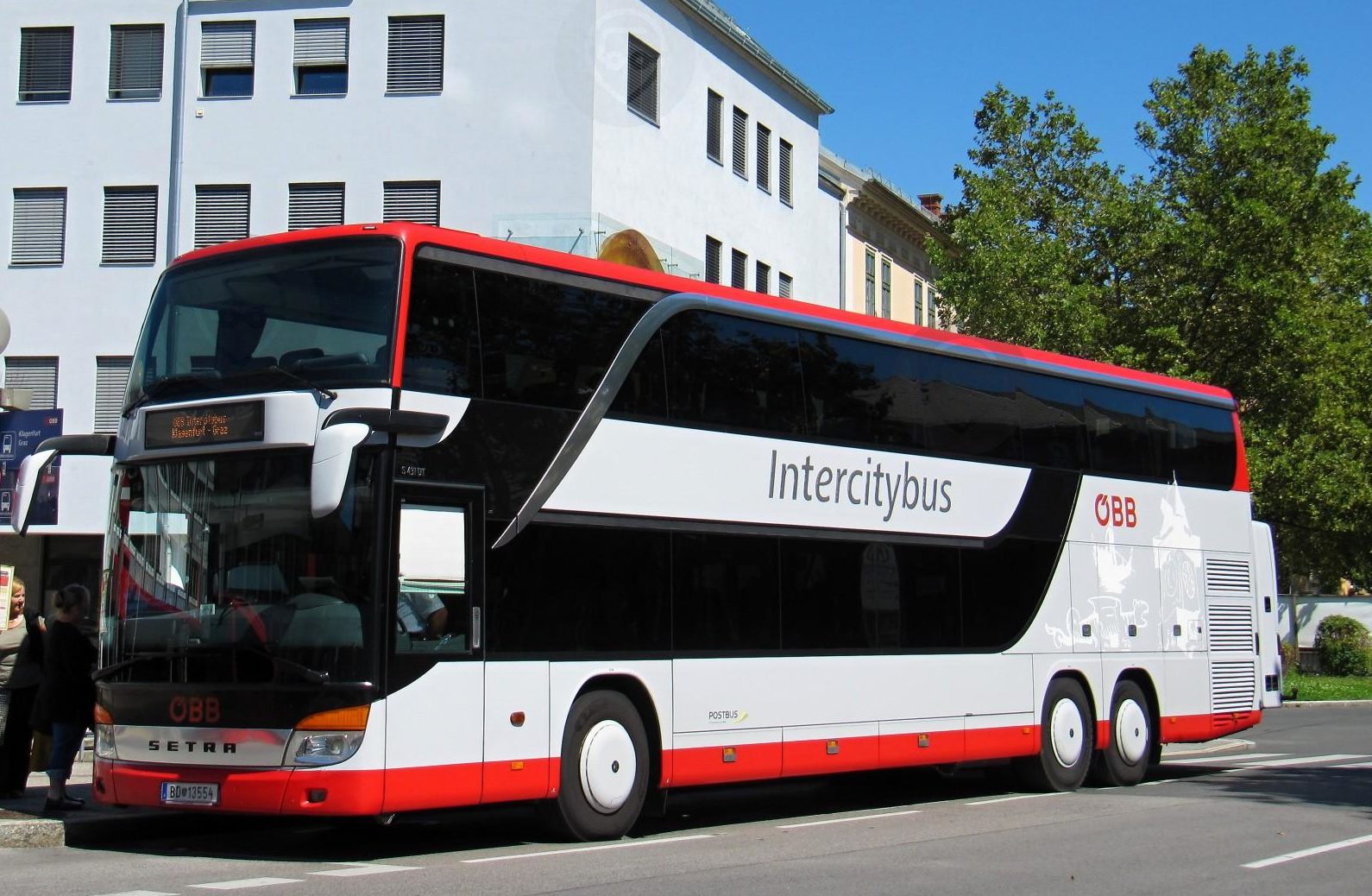
 Life and Style
Life and Style
 Architecture
Architecture
 Art
Art
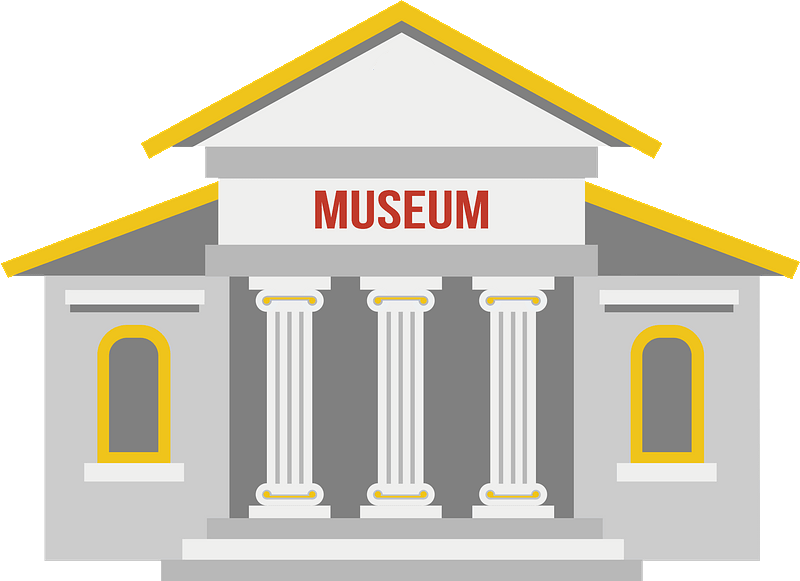 Museum
Museum
 World Heritage
World Heritage
 Sport
Sport
 Ile-de-France
Ile-de-France
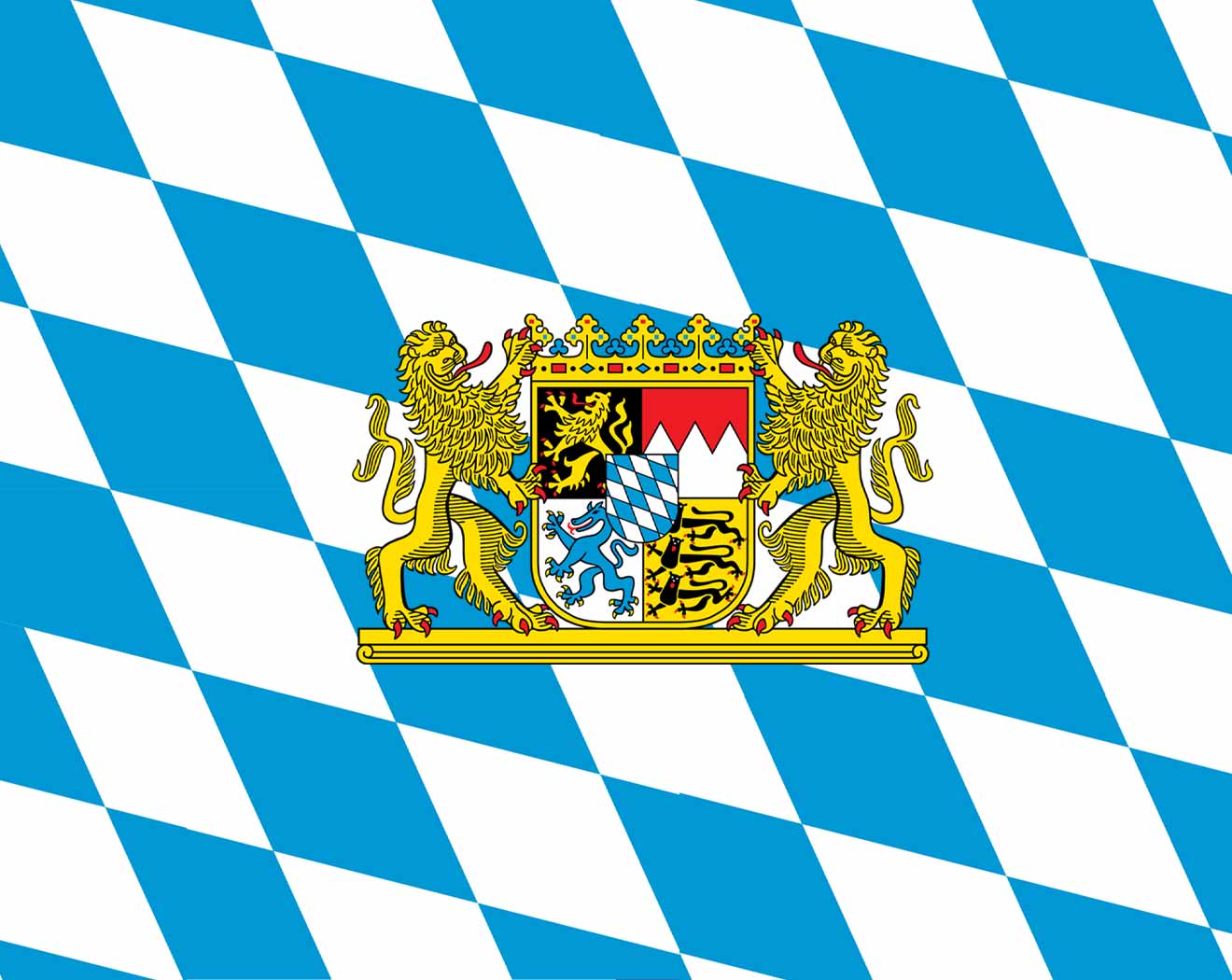 Bavaria
Bavaria
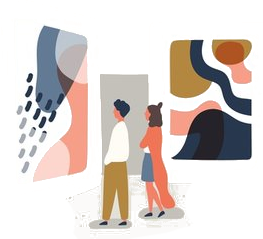 Exhibition
Exhibition
 Party and government
Party and government
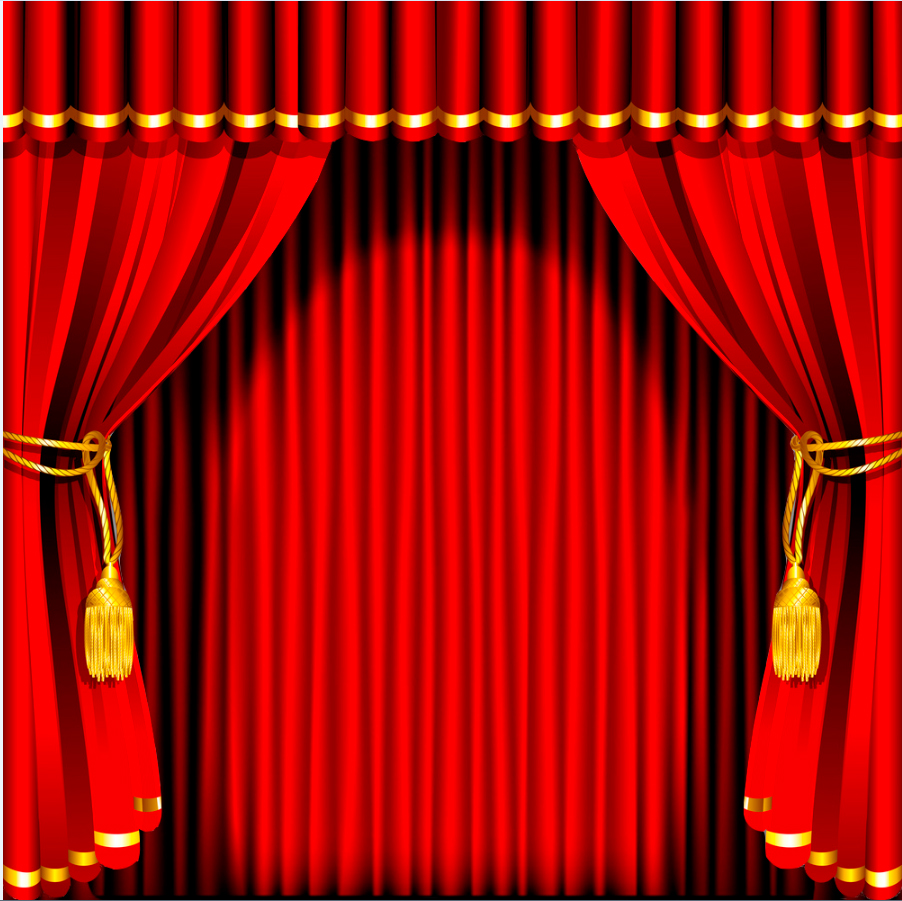 Performing Arts
Performing Arts
 Music
Music
 Review
Review
 Transport and traffic
Transport and traffic